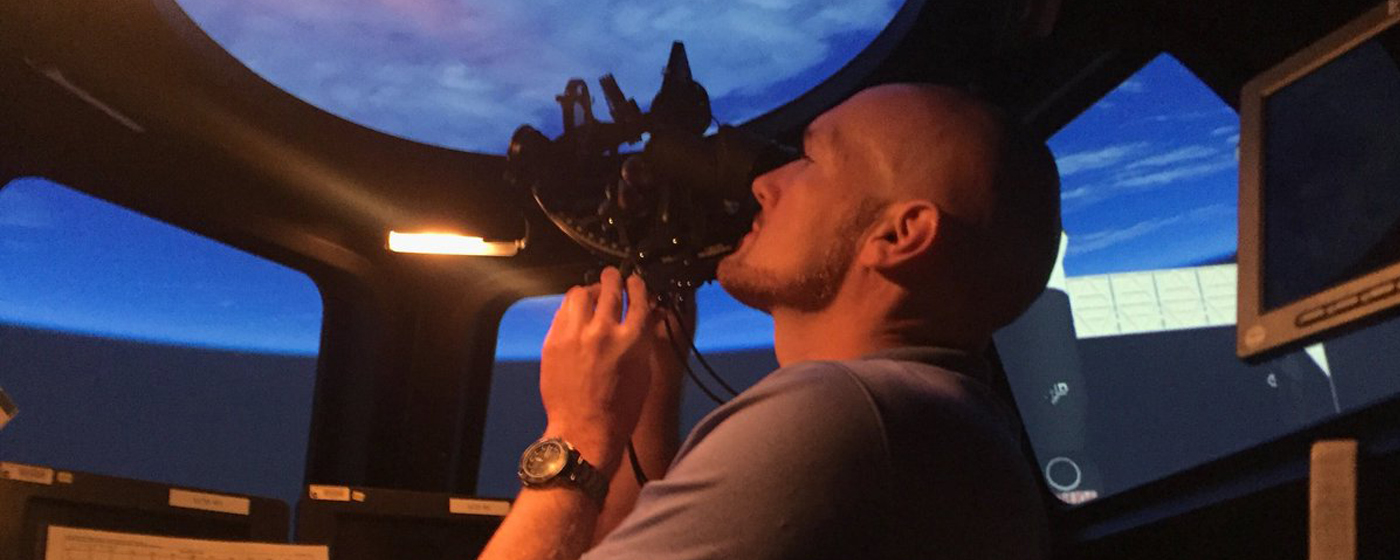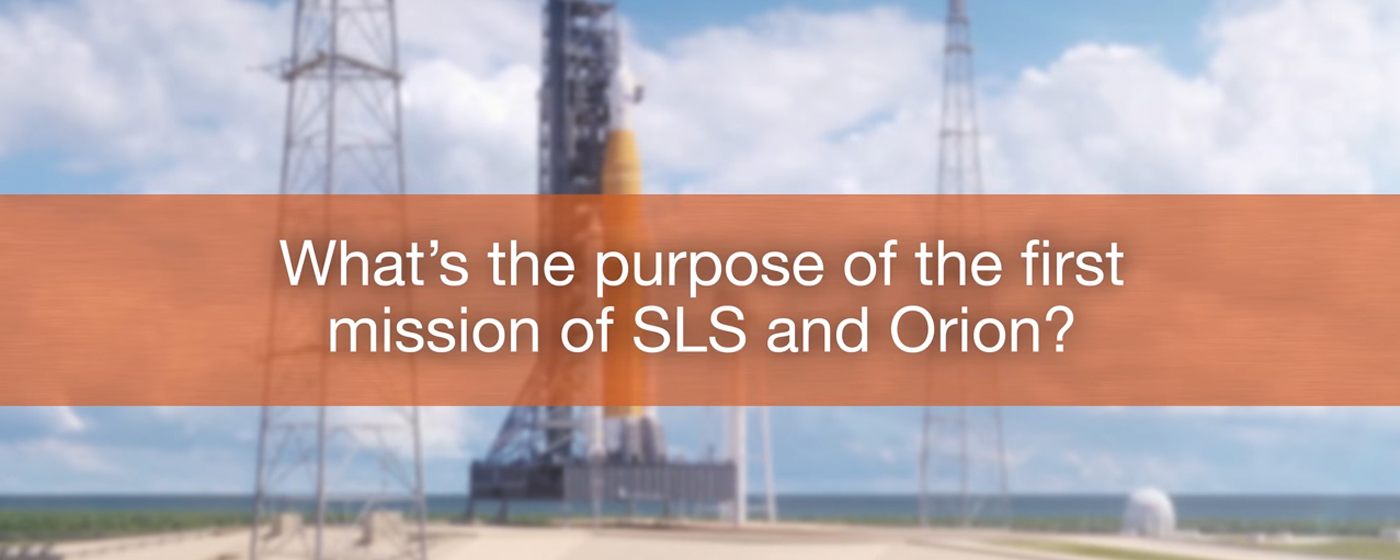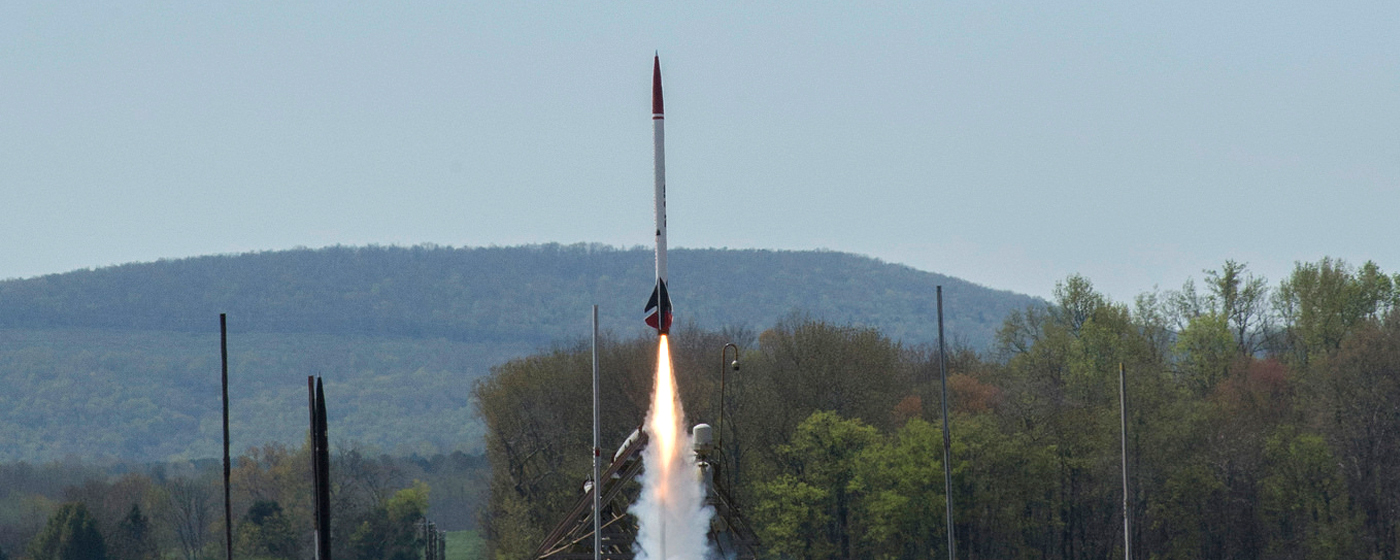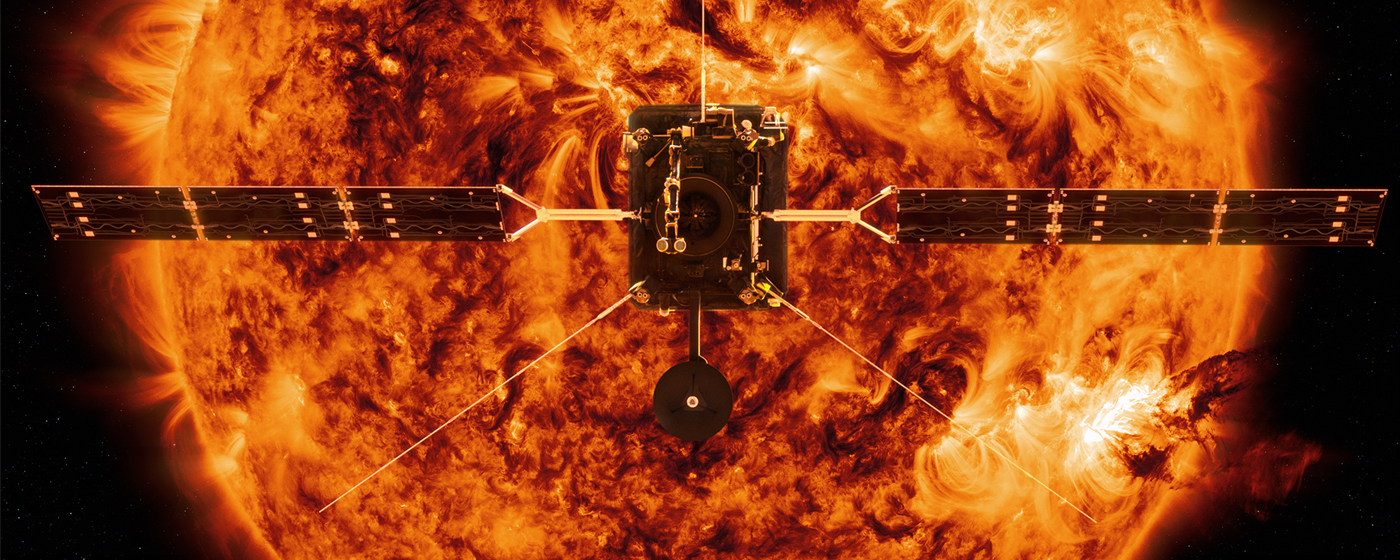Veteran and Cutting-Edge Science Tools to Launch to the Space Station
Packed with 7,400 pounds of science experiments, Orbital ATK’s Cygnus spacecraft is scheduled to launch no earlier than May 21 to the International Space Station. The cargo craft transports a test of centuries-old sextant navigation and forward-thinking work advancing the orbiting lab’s ability to support cutting-edge molecular research and its commercial capabilities.
(Video 1:00) Rocket Science in 60 Seconds: Secondary Payloads Hitching a Ride on SLS
Kimberly Robinson, Secondary Payloads manager at NASA’s Marshall Space Flight Center in Huntsville, Alabama, lets you in on the world of secondary payloads and the ride they’ll be taking on the first flight of NASA’s Space Launch System rocket.
NASA Announces Winners of 2018 Student Launch Competition
The final results of NASA’s 2018 Student Launch competition are tabulated, and the Vanderbilt Aerospace Design Lab team from Vanderbilt University in Nashville, Tennessee, claims top honors, including a check for $5,000 from Marshall and industry partner Orbital ATK’s Propulsion Systems Division of Promontory, Utah. Vanderbilt’s first-place finish is the team’s fourth win in the last five years.
New Views of Sun: 2 Missions Will Go Closer to Our Star Than Ever Before
Two upcoming missions — NASA’s Parker Solar Probe and ESA’s (the European Space Agency) Solar Orbiter will soon take us closer to the Sun than we’ve ever been before. The missions will offer our best chance yet at uncovering the complexities of solar activity in our own solar system and shedding light on the very nature of space and stars throughout the universe.
For more information or to learn about other happenings at NASA’s Marshall Space Flight Center, visit NASA Marshall. For past issues of the ICYMI newsletter, click here.






























